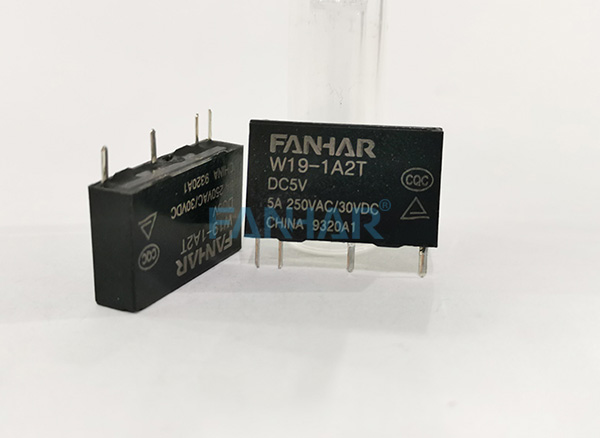
1. What is a magnetic latching relay?
Magnetic latching relay is a new type of relay developed in recent years, and it is also an automatic switch. Like other electromagnetic relays, it automatically switches on and off the circuit. The difference is that the normally closed or normally open state of the magnetic latching relay is completely dependent on the action of permanent magnets, and the switching of its switching state is triggered by a pulsed electrical signal of a certain width.
2. What are the working principles of magnetic latching relays?
When a coil is supplied with currents in different directions, the coil generates magnetic fields of different polarities, and then attracts or repels a permanent magnet inside, and pulls the switch contacts to close or disconnect through the magnet. The magnetic latching relay control coil does not need to be energized for a long time, and only needs one pulse to control the opening or closing.
3. What is the function of the magnetic latching relay?
(1), expand the scope of control
Example: When the control signal of the multi-contact relay reaches a certain value, it can switch, break, and connect multiple circuits at the same time according to the different forms of the contact group.
(2), enlarge
For example: sensitive relays, intermediate relays, etc., with a very small amount of control, can control circuits with high power.
(3), integrated signal
Example: When multiple control signals are input to the multi-winding relay in the specified form, the predetermined control effect is achieved through comparison and synthesis.
(4), automatic, remote control, monitoring
Example: The relay on the automatic device, together with other electrical appliances, can form a program control circuit to realize automatic operation.